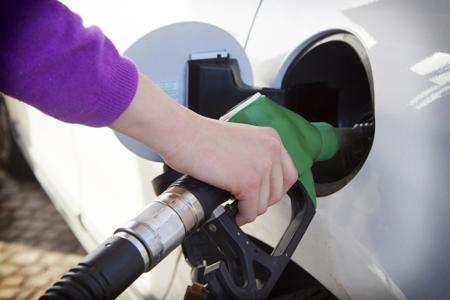10 Ways to Improve Your Fuel Economy
Author: JRAutofix Date Posted:11 September 2019
 In this article you will find different level of advice (1-9) to improve your fuel economy from the lowest to the highest skill.
In this article you will find different level of advice (1-9) to improve your fuel economy from the lowest to the highest skill.
There is general advice that every one can perform as it’s common sense and easy to improve on.
But there is more technical solutions that require more knowledge and skills.
Some technical solutions are more applicable to the engine area and it’s combustion.
To perform the best combustion you need to have the best Air flow /Fuel ratio. For this to happen on modern car the ECU control the ratio with the oxygen sensor.
- Change your driving style (speeding, rapid acceleration and braking) this affect the fuel consumption as your engine will have to rev up higher and more often.
- Be aware of car aerodynamic, roof rack alone can increase your fuel consumption (if you don’t use them remove them)
- Reducing weight to carry in your car to reduce engine power effort.
- Tyres inflation, under inflated tyre can create more drag that will make your engine work harder.
Make sure that your tyres are inflated as per the car manufacturer requirement.
- Air filter maintenance, the air filter is where the ambient air is entering the engine so a restriction would affect the air fuel ratio and put more effort on the engine.
Air filters are easy to access and can be cleaned or replaced.
- Injectors, they can affect your fuel economy as they are part of the fuel system.
Signs that your injector are warn are: smoke at the exhaust, louder combustion sound.
Injectors should be check and tested every 70000 Km.
On diesel injector the body and the needle can be replaced if warned.
- Oxygen sensor is a component that the vehicle's onboard computer uses to determine what the air fuel ratio actually is when the mixture reaches the exhaust. What the Sensor and the computer are trying to do is not get the best fuel economy, but the cleanest emissions for the environment. So if faulty your fuel consumption would increase.
With some OBD2 advice it’s possible to perfom an O2 Sensor Test -- This option allows retrieval and viewing of O2 sensor test results for most recently performed tests from the vehicle’s on-board computer.
This can be also be detected by doing an emissions inspection.
- EGR Valve (Exhaust Gas Recirculation Valve ) is design to reduce the amount of nitrogen oxides emitted by the engine by recycling it but this has an effect on fuel economy further when this valve get . EGR Valves are not supposed to operate when the engine is cold, at idle or during wide open throttle. They always operates in between these three points. As for the Oxygen Sensor, over time the EGR Valve exposure to exhaust gases (which have unburned fuel in them), byproducts of combustion will build up on the Valve and may cause it to stick partially open, leaking exhaust into the intake manifold when it's not supposed to be there. Exhaust leaking into the intake manifold continually which will have a negative effect on your fuel mileage.
- Engine compression this is air pressure generated by the engine in each cylinder. They need to be checked as they play an important role in the combustion of the engine.
- ECU Mapping, engine remapping is basically refining the engine software and setting it to achieve your goal of fuel economy.
Parameters like the amount of air, fuel, ignition timing can be changed into new ones which are designed to make stock engine deliver either more power and performance or improve fuel economy.
Over the years new technology has contributed greatly to better fuel economy in cars with now the use of direct injection, ECU, turbocharger, better engine design and better car aerodynamic so they are also the factor to consider when purchasing a car for fuel economy.
